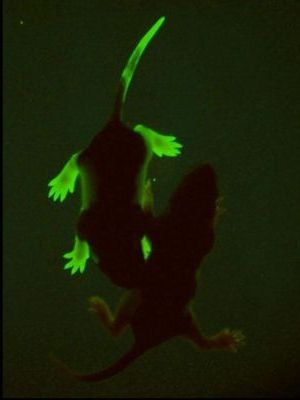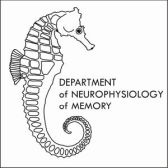RESEARCH
 Integration of molecular, cellular and systems approaches in study of cognitive functions
Integration of molecular, cellular and systems approaches in study of cognitive functions
We obviously can take many approaches in search for neural substrate of cognitive functions and learning and memory, from inactivations of brain areas to e.g. immediate-early-gene imaging. Each of these techniques have different explanatory value and resolution; each points to a different level of understanding.
Our focus is to integrate molecular, cellular and systems levels in understanding the cognitive functions in mammals, mainly learning and memory, behavioral flexibility, working memory, recognition of position and other cognitive domains. The aim is to elucidate the mechanisms by which memories and other representations are formed and to search for treatments for resistant cognitive deficits in Alzheimer´s disease, schizophrenia, obsessive-compulsive disorder etc. Beside multi-disciplinary studies on neurophysiological basis of learning, memory and behavior, we have also been developing unique spatial navigation tests focused on dynamic and flexible aspects of learning and memory, such as place avoidance on a rotating arena (Carousel), robot avoidance task or recognition of objects projected on a computer screen. Recently, have also got involved in investigations of interaction of spatial and temporal processing and design of new spatiotemporal tests for rats. We also examine neurological and neurobiological substrate of these processes with the ultimate aim to elucidate basis of learning and memory in animals as a model of higher human nervous functions in humans.
Neuropharmacological studies, animal models of brain disorders and new therapeutics
In some of our projects we focus on the mechanism of action of psychoactive drugs on cognitive functions.
Etiology and pathophysiology of CNS disorders is poorly understood. However it is thought to involve an interaction between genetic and environmental factors during brain development. But, there is a fundamental gap in our understanding of the neurobiological mechanisms by which environmental factors interact with genetic susceptibility to trigger symptom onset and CNS disease progression. There is rising interest in the development and application of animal models of CNS disorders to explore neurobiological mechanisms and identification of drug targets. Our projects are focused on behavioral pharmacology in field of animal model of CNS disorders.
Animal models of cognitive disorders are regarded as experimental heuristic approaches aiming at neurobiology of CNS diseases and at developing drug treatment strategy. These models have provided valuable insights regarding mechanism and treatment when used appropriately. On the other side there are numerous limitations to the use of animal models of CNS disorders, not the least of which is the inherent challenge associated with attempting to model complex and still poorly understood human CNS disorders in a rodents. Simply it is difficult to build an animal model that perfectly reproduces all symptoms and etiology of human CNS disorders.
A key criterion that is often used when assessing the utility of an animal model is validity. The most common types of validity that are considered are construct validity (requiring the model to have similar underlying neurobiology, genetic or environmental factors), face validity (similar symptom manifestation to the clinical condition) and predictive validity (responsiveness to clinically effective therapeutic agents). This scientific approach brings better understanding the CNS disorders and pharmacotherapy without the added risk of harming for the patients.
